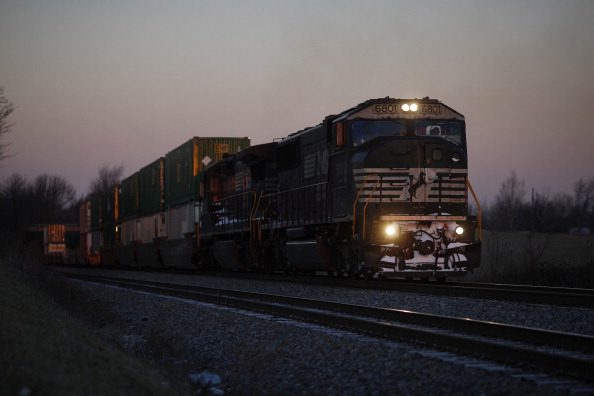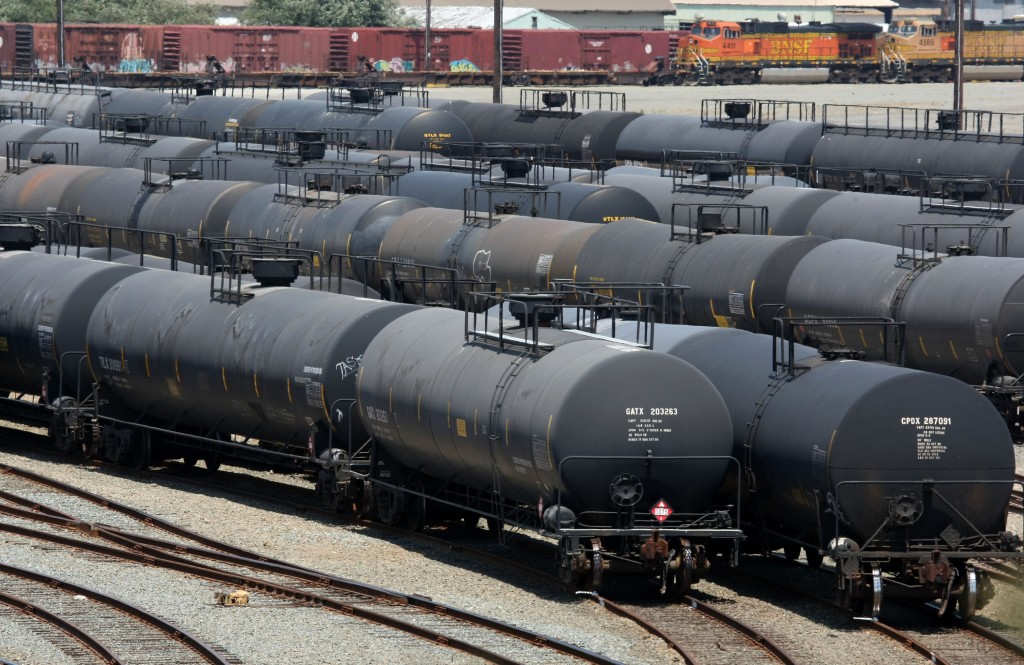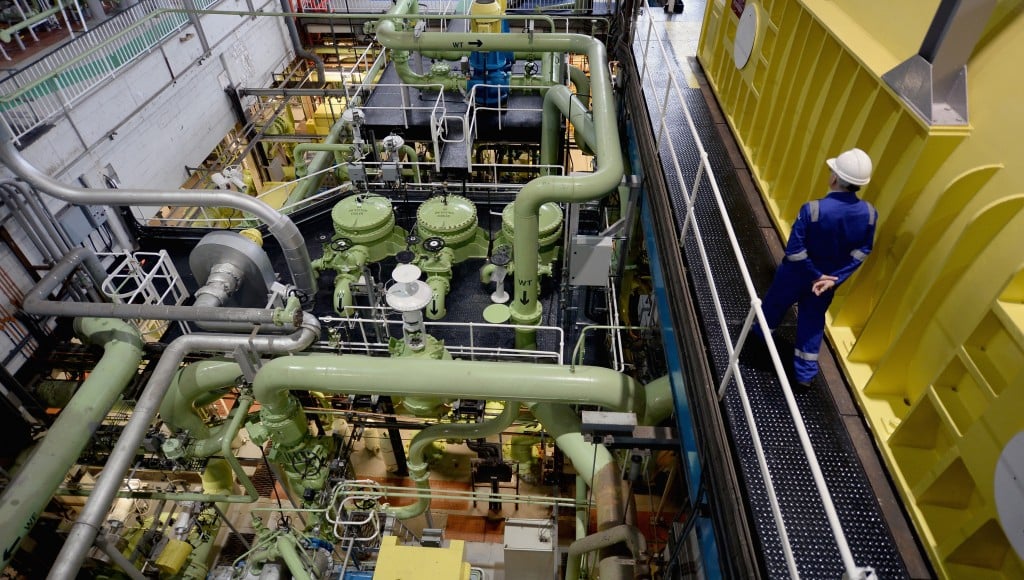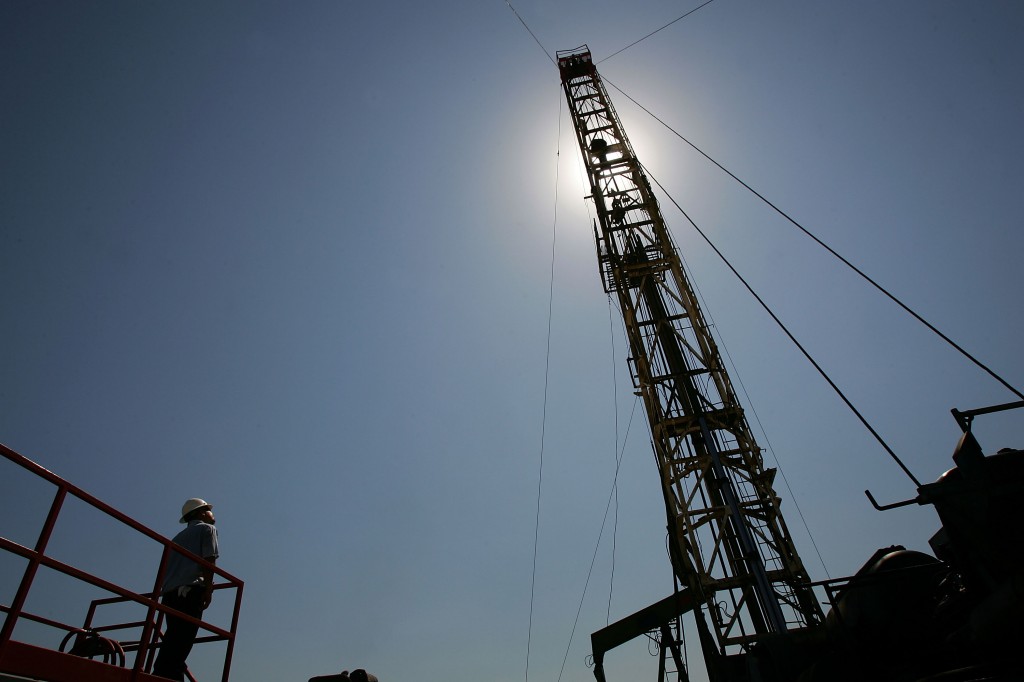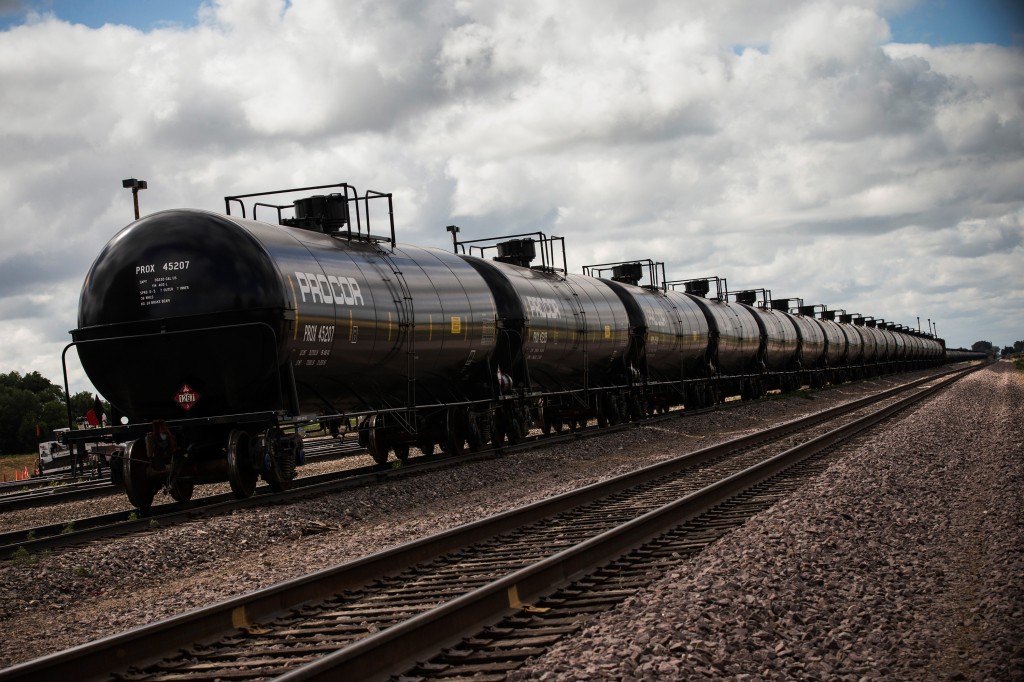The revolution in North American energy development has been made possible by technological breakthroughs in decades-old methods of energy development, which has set this nation on the path to energy security, a concept unthinkable just a few years ago. The energy policies we choose today will determine if our nation will continue its march toward… Keep reading →
Safety
Sign up and get Breaking Energy news in your inbox.
We will never sell or share your information without your consent. See our privacy policy.With pipeline infrastructure lagging the rapid increase in US crude oil production, railroads have been the preferred option for moving product to market, but a number of high-profile accidents involving crude oil tank cars are raising concerns. [New York Times] The recent UN Investor Summit on Climate Risk highlights the growth in sustainable investing and… Keep reading →
Nuclear faces a somewhat uncertain future in the US, owing to questions about costs – especially in an era of cheap natural gas – as well as safety concerns and public acceptance issues in the wake of the Fukushima Daiichi disaster. But another pressing concern for the industry is how to fill rapidly rising job vacancies… Keep reading →
The natural gas industry is optimistic about its own future, but safety – be it pipeline, environmental or cyber – continues to be a key concern, according to Black & Veatch’s second annual Strategic Directions in the North American Natural Gas Industry survey. The overwhelming majority of the survey’s 336 respondents expect the US natural gas industry to… Keep reading →
When it comes to the question of whether pipeline or rail is safer for moving crude, the answer depends somewhat on the source, but pipelines are broadly understood to come out ahead, not only on safety, but also on cost and efficiency. However, newfound oil abundance in areas not traditionally associated with oil and gas… Keep reading →

Wind farms have been accused of killing hosts of birds that get caught in their turbines, accusations that have failed to slow the proliferation of wind energy installations across the country, but killing an eagle is a different matter.
The US Fish and Wildlife Service is investigating the death of a golden eagle at a wind farm in Kern County, California, and is asking for local resident’s help. Keep reading →
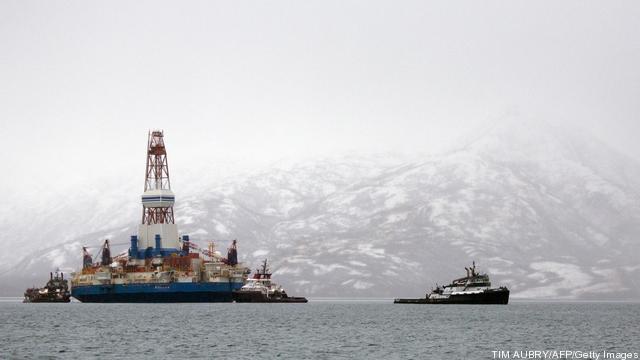
The multi-million dollar oil drilling rig named Kulluk that ran aground offshore Alaska on New Year’s Eve has been deemed stable enough to tow out of Kiliuda Bay to Dutch Harbor. The Kulluk will be brought to a purpose-built dock from which it can be safely prepared for “dry-tow transit to Asia” for repairs.
“The completion of the damage assessment revealed that the inner hull of the Kulluk was not breached and that all fuel tanks remain intact. The outer hull did receive damage as expected with a vessel being aground during adverse weather. In addition, the Kulluk encountered water damage to its superstructure which resulted in damage to technical equipment and a breach of windows and hatches. Over the past few weeks, all damaged windows and hatches on the Kulluk’s main deck have been secured, and where necessary, temporary steel structures have been put in place to ensure that the vessel is weather tight and prepared for the tow,” according to an update issued by the Unified Command in charge of the operation. Keep reading →

The abundant supply of North American natural gas has resulted in increased attention to one part of the development process, hydraulic fracturing. Hydraulic fracturing is an advanced technology that has brought energy production into areas that are less familiar with this work, including the heavily populated Northeast. That people want to have a conversation about their questions is admirable. And those entrusted with developing this natural resource safely and responsibly must be committed to answering those questions.
What we are seeing, however, are people with good-faith questions and concerns being overwhelmed by misrepresentations, innuendo and just plain false information. Celebrities from Alec Baldwin to David Letterman to Mark Ruffalo, having no expertise, claim natural gas development is “poisoning our drinking water and air.” Deliberately false “documentaries” meant to inspire fear are being distributed in libraries and schools. And natural gas is being cast as the villain in Hollywood, from episodes of CSI to SyFy’s original movie, Arachnoquake, in which giant fire-breathing albino spiders come out of the earth’s core because of hydraulic fracturing. These characterizations would grab the attention and scare anyone who hears or sees them. Keep reading →

The Obama administration tightened rules on hydraulic fracturing late last week, requiring the disclosure of chemicals used in the process when done on federal and American Indian lands. The new rules will also require additional testing of oil and gas well construction and require the industry to have a management plan for the water used in the process. “This proposed rule will strengthen the requirements for hydraulic fracturing performed on federal and Indian lands in order to build public confidence and protect the health of American communities, while ensuring continued access to the important resources that make up our energy economy,” the Interior Department said in a statement. The move is part of a broader administration effort to increase rules for the controversial practice. Earlier this month, the Environmental Protection Agency tightened air pollution requirements for new oil and gas wells.
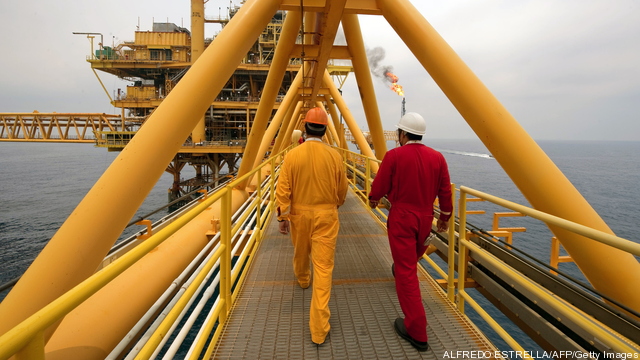
The tragic Deepwater Horizon accident and devastating uncontrolled crude oil spill into the Gulf of Mexico deeply affected the oil and gas industry. The disaster prompted oil and gas industry trade group – API – to comprehensively re-evaluate and strengthen its offshore safety standards.
Specifically, API has “established a multi-layer system, with many built-in redundancies to help prevent incidents, to intervene and stop a release that might occur, and to manage and clean up spills,” Group Director of Upstream and Industry Operations Erik Milito told reporters during a recent question and answer session ahead of the two-year anniversary of the accident on April 20. Keep reading →
